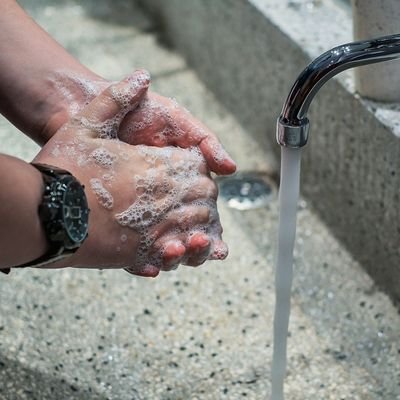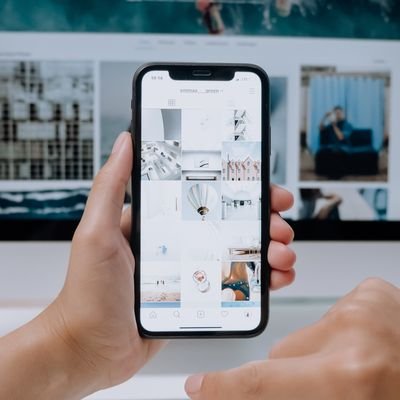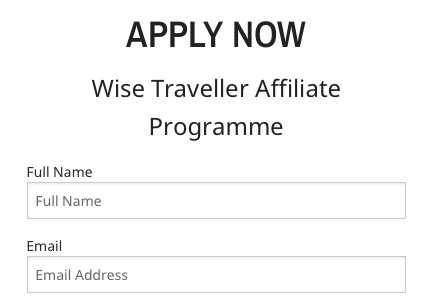Singapore is at the forefront of handling the pandemic with its tracking down of every single case of COVID-19 and taking the appropriate action. Hard hit in 2002-2003 by the SARS outbreak, Singapore had a jump start on how to handle the virulent virus. As of mid March 2020, no one had died from COVID-19 in Singapore, and the rate of recoveries was outpacing the rate of infection. Containment seems to be the golden key.
Drastic measures are being taken by governments throughout the world to stem the spread of the insidious coronavirus. It's all about the "new normal" with our old lives of social interaction, a thriving financial scene, and flying off into the blue yonder on a plane, a thing of the past. Countries have closed their borders, and self-quarantine is no longer an option for many citizens returning to their home countries.

Cruise ships have been left floating on high seas, and education institutions are ghostly halls of emptiness or left in a state of flux about shutting their doors. Catching public transport is an exercise in Russian roulette, and face-masks are the new health and fashion accessory, if you can find one to wear.
Bars, restaurants, and sporting plus entertainment venues are shutting down, and supermarkets have become battlefields for anxious shoppers. Everyone is panic buying toilet paper, while Americans appear to be stocking up on guns in an end-of-the-world scenario. There are no more kisses on cheeks or handshaking when you greet a person.
All over the globe, countries are trying to navigate this uncharted path of this pandemic as governments predict recessions, stock markets plummet, and turmoil reigns. "Stay safe" has become the parting phrase as death tolls climb, and inundated hospitals fail to cope with the waves of infected people.
Singapore’s Early Response and Preventive Measures
Singapore, with its early hard-hitting measures, appears to be an example that other countries should sit up and take notice of. Straight off, the country began a text and mobile web-based solution. People placed in home quarantine had to report their location to the government.
Its protocol also employs tracking cases of COVID-19 by relying on police, ATM records, and surveillance footage. A dedicated team of "contact trackers" map out where patients have been in the days and weeks before diagnosis occurred. Big Brother is definitely watching.
If positive to the virus, the infected person is quizzed exhaustively. What did you do? Where have you been? Who did you meet? This is definitely not the time to have an illicit affair.
Singapore’s contact tracing teams are akin to dogs worrying a bone. They include over 140 individuals working more than 13 hours a day, seven days a week, tracing the movements of infected people via digital signatures and surveillance footage of businesses. The trackers attempt to pick up clues as to where the initial infection may have occurred, as the transmission is commonly via person-to-person contact.
Activity maps are created for all infected people that go back 14 days before any symptoms appeared. Within 24 hours of a person being deemed infected, the trackers will have a complete picture of a person's movements. Measures are then taken with those contacts, from testing to quarantine and phone calls. If you are found to be telling fibs, you will be subject to six months jail or a hefty fine.
Singapore is leading the charge against the COVID-19 onslaught. Other contributing factors include numerous safety measures, a world-class health system, and a small population with a culture of being prepared to head the guideance offered by a well prepared government.
For everyone it's a need to remember:
- Grab a tissue to sneeze or cough into – then dispose of the tissue in the bin
 .
. - Frequently wash hands for a minimum of 20 seconds.
- Get out those sanitizing liquids or wipes and scrub frequently touched surfaces and items.
- If sick, do stay in your cave and shut out the rest of the world. In some places, authorities are advising most of the population, whether sick or seemingly well, to isolate as well.
- DO try to keep a distance of at least six to ten feet between yourself and others when you venture out.
- DON'T touch your face or travel if you are showing symptoms. Even if you’re not showing symptoms, only travel if absolutely necessary.
- DO consider those who are elderly or have low immune systems, as this virus will definitely affect all of us in some way.
It's time to crawl back into your cave and develop a good relationship with yourself. Binge on your favourite television series, chomp down those naughty chocolates and snuggle up to your four-legged friend on a comfy couch. Amuse yourself with updating your travel bucket list, learn a new language, or travel vicariously on the Internet. COVID-19 is here.
Gail Palethorpe, a self proclaimed Australian gypsy, is a freelance writer, photographer and eternal traveller. Check out her website Gail Palethorpe Photography and her Shutterstock profile.















